In the words of one of the researchers: “Black holes are not as destructive as we thought”
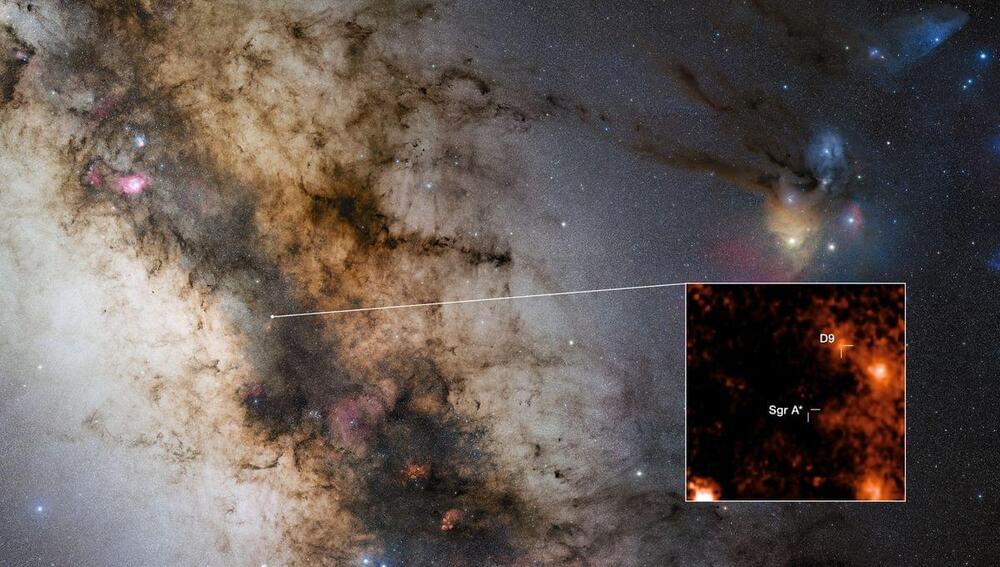

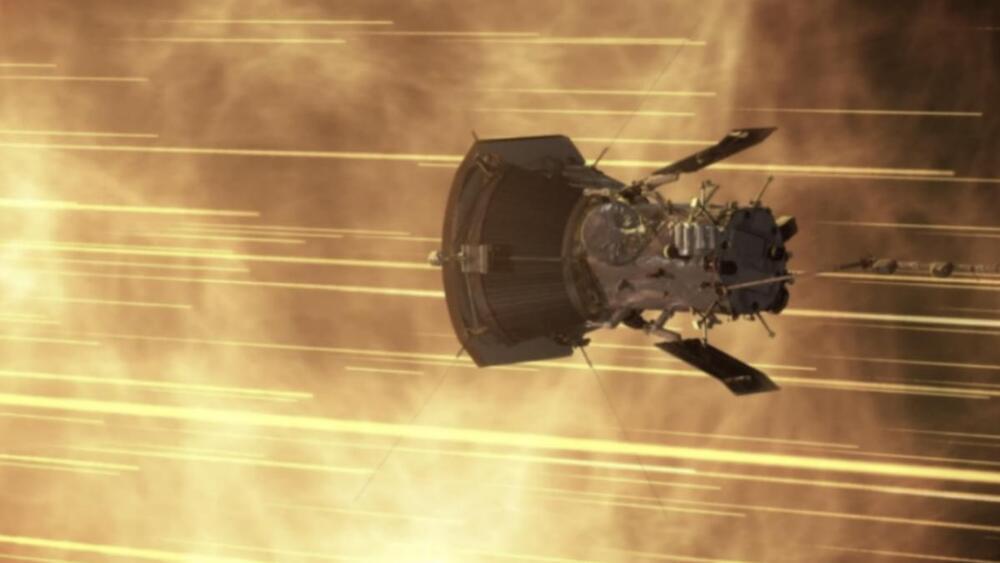
To make this record-breaking pass, the nearly 10-foot-long probe has made 22 orbits around the sun, allowing it to swoop ever deeper into the corona. And while doing so, the spacecraft has been continually picking up speed. When you repeatedly swing by such a massive and gravitationally powerful object — the sun is a sphere of hot gas 333,000 times as massive as our planet — you accrue lots of speed. Out in space, there’s nothing to stop this motion.
On this close flyby, the probe reached some 430,000 miles per hour (692,000 kilometers per hour).
“That’s like going from Philadelphia to Washington, D.C. in one second,” marveled Raouafi. “It’s fascinating. It’s the fastest human-made object ever.”
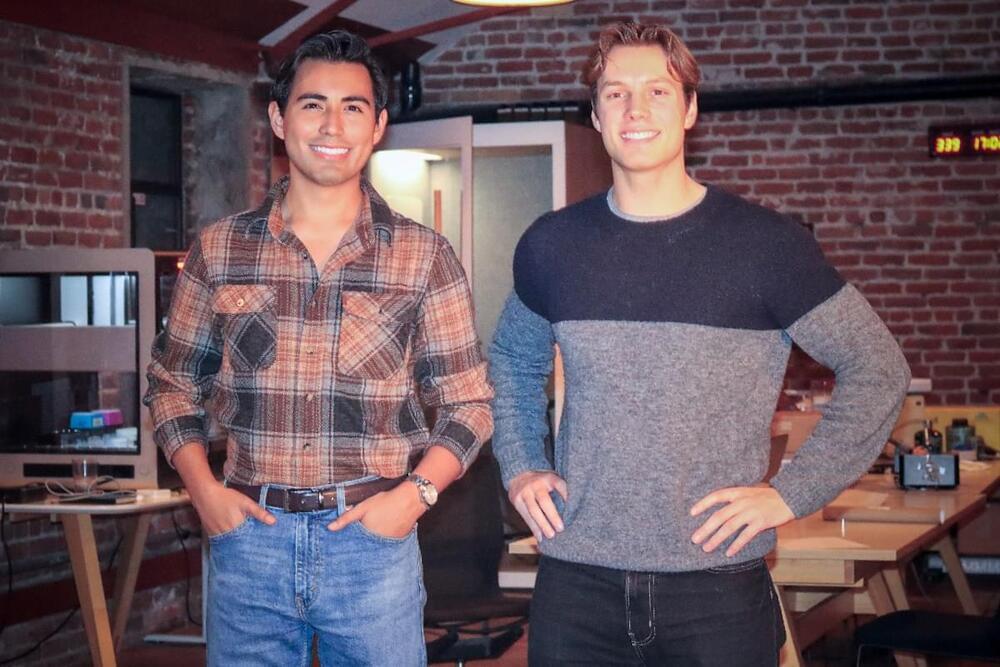
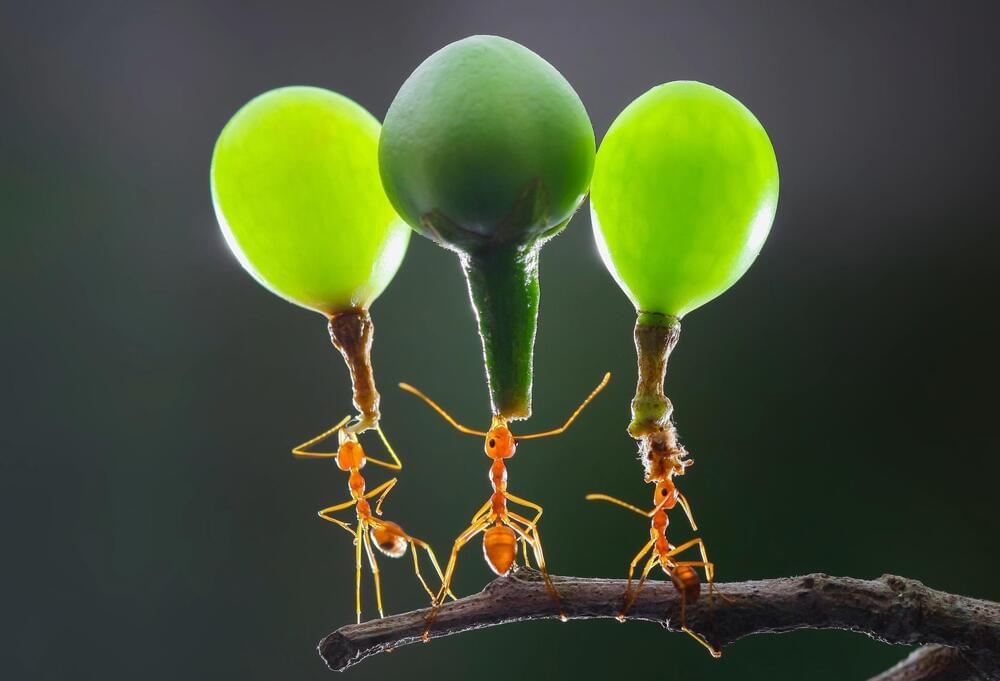
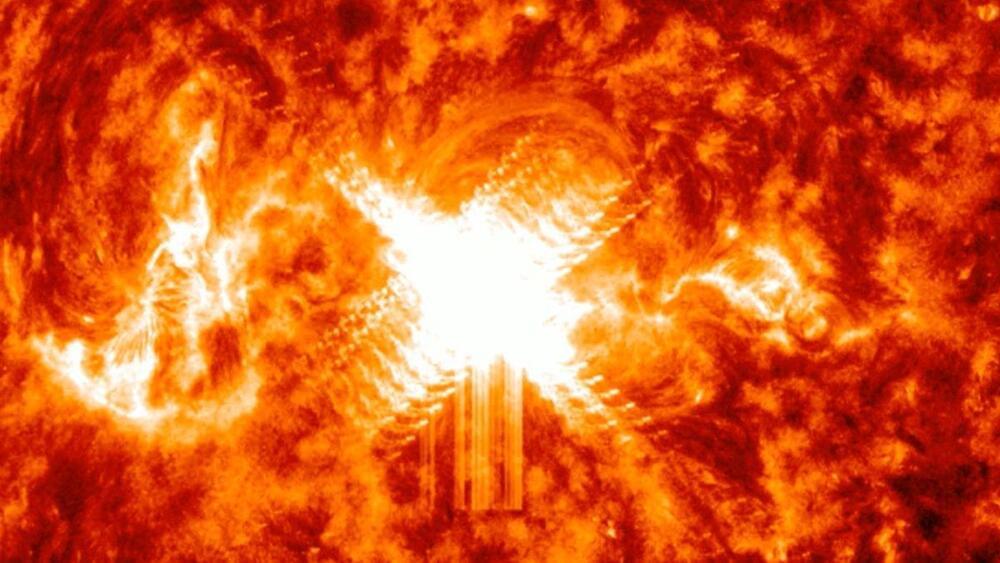
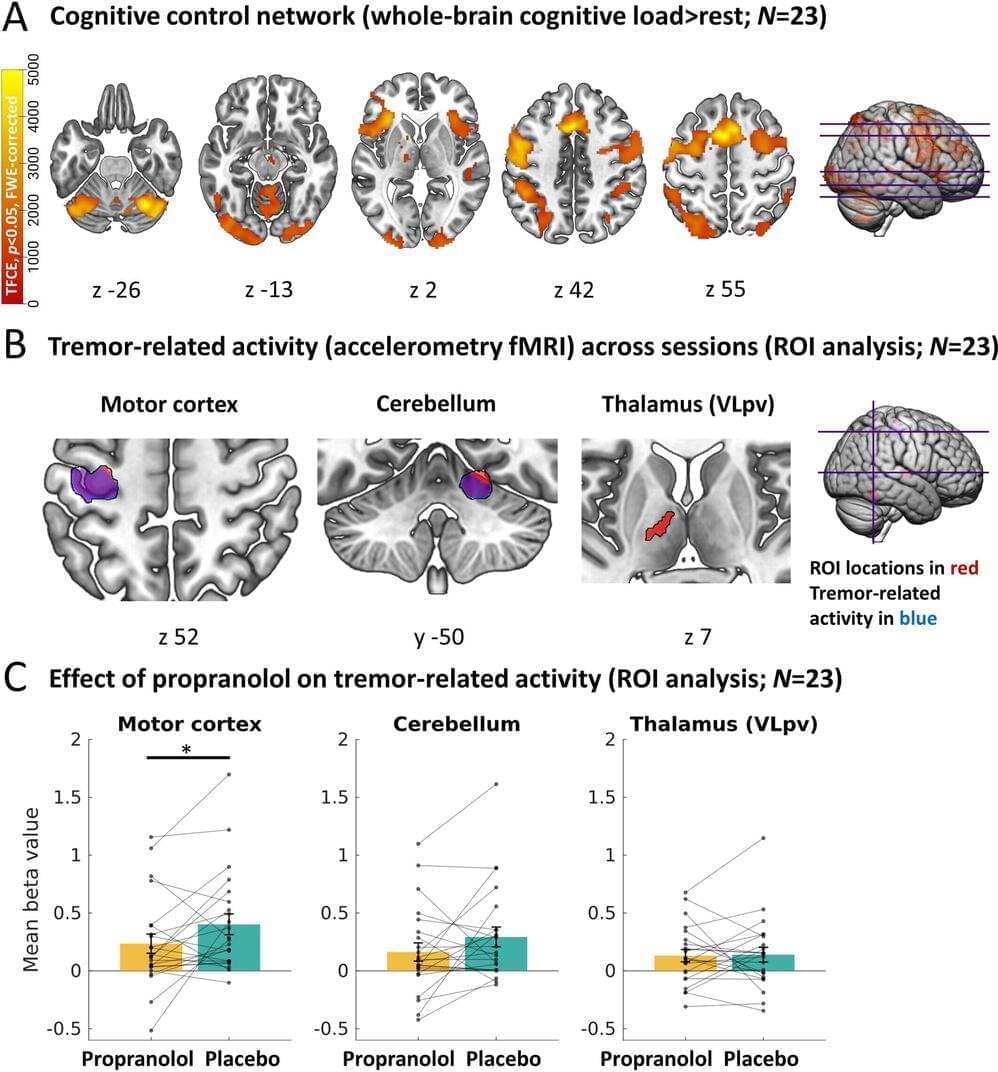
The standard medication levodopa does not always work against tremors in Parkinson’s disease, especially in stressful situations. Propranolol, however, does work during stress, providing insight into the role of the stress system in tremors. MRI scans reveal that propranolol directly inhibits activity in the brain circuit that controls tremors. Doctors may consider this medication when levodopa is ineffective.
People with Parkinson’s disease report that tremors worsen during stressful situations. “Tremors act as a sort of barometer for stress; you see this in all people with Parkinson’s,” says neurologist Rick Helmich from Radboud university medical center.
The commonly used drug levodopa usually helps with tremors, but it tends to be less effective during stress, when tremors are often at their worst. Helmich and his team wanted to investigate whether a medication targeting the stress system could help and how this effect of stress on tremors works in the brain. The work is published in the journal Annals of Neurology.
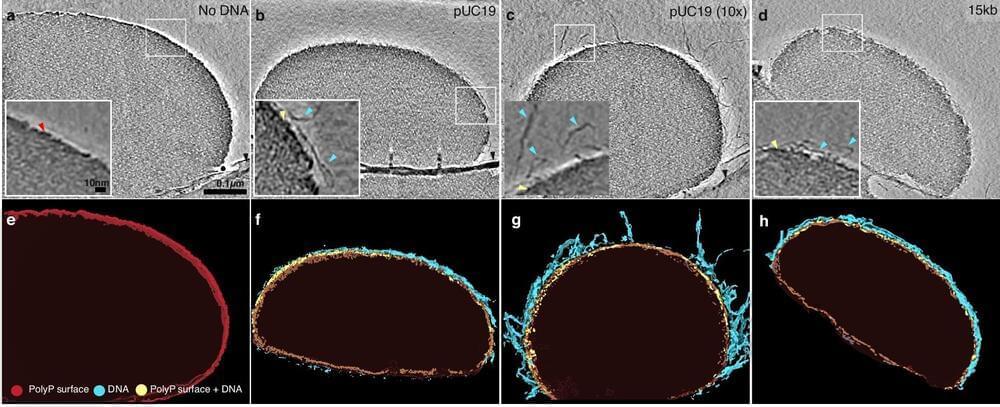
In a discovery that could redefine how we understand cellular resilience and adaptability, scientists at Scripps Research have unlocked the secret interactions between a primordial inorganic polymer of phosphate known as polyphosphate (polyP), and two basic building blocks of life: DNA and the element magnesium. These components formed clusters of tiny liquid droplets–also known as condensates–with flexible and adaptable structures.
PolyP and magnesium are involved in many biological processes. Thus, the findings could lead to new methods for tuning cellular responses, which could have impactful applications in translational medicine.
The ensuing study, published in Nature Communications on October 26, 2024, reveals a delicate “Goldilocks” zone—a specific magnesium concentration range—where DNA wraps around polyP-magnesium ion condensates. Similar to a thin eggshell covering a liquid-like interior, this seemingly simple structure may help cells organize and protect their genetic material.
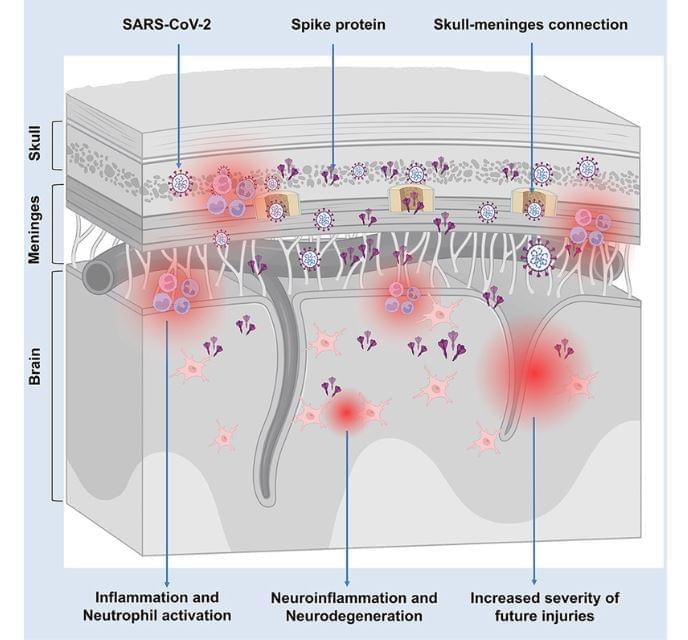
Researchers from Helmholtz Munich and Ludwig-Maximilians-Universität (LMU) have identified a mechanism that may explain the neurological symptoms of long COVID.
The study shows that the SARS-CoV-2 spike protein remains in the brain’s protective layers, the meninges, and the skull’s bone marrow for up to four years after infection. This persistent presence of the spike protein could trigger chronic inflammation in affected individuals and increase the risk of neurodegenerative diseases.
The team, led by Prof. Ali Ertürk, Director at the Institute for Intelligent Biotechnologies at Helmholtz Munich, also found that mRNA COVID-19 vaccines significantly reduce the accumulation of the spike protein in the brain. However, the persistence of spike protein after infection in the skull and meninges offers a target for new therapeutic strategies.

The black hole information paradox has puzzled physicists for decades. New research shows how quantum connections in spacetime itself may resolve the paradox, and in the process leave behind a subtle signature in gravitational waves.
For a long time we thought black holes, as mysterious as they were, didn’t cause any trouble. Information can’t be created or destroyed, but when objects fall below the event horizons, the information they carry with them is forever locked from view. Crucially, it’s not destroyed, just hidden.
But then Stephen Hawking discovered that black holes aren’t entirely black. They emit a small amount of radiation and eventually evaporate, disappearing from the cosmic scene entirely. But that radiation doesn’t carry any information with it, which created the famous paradox: When the black hole dies, where does all its information go?